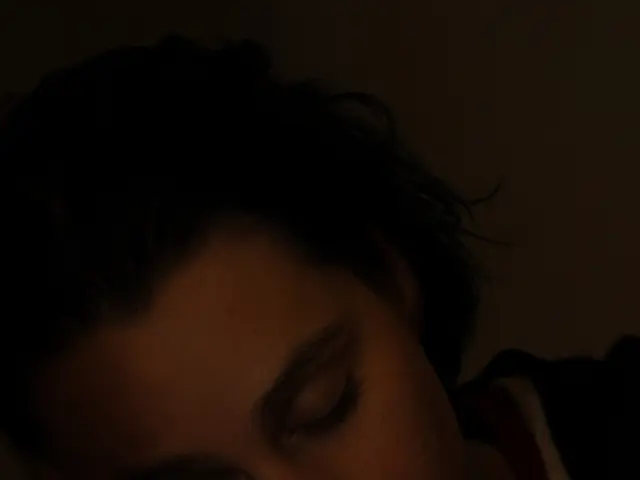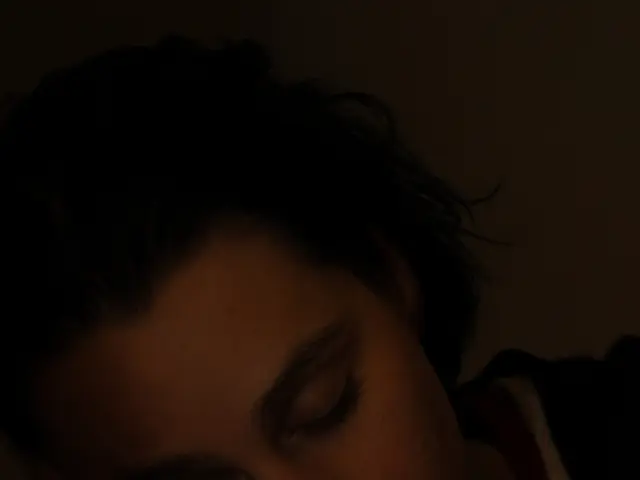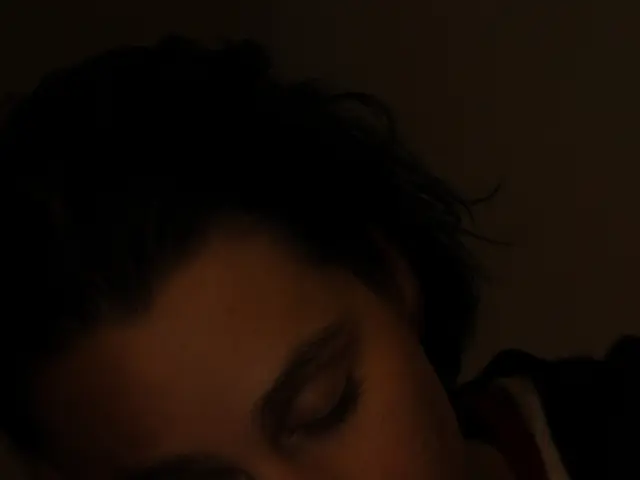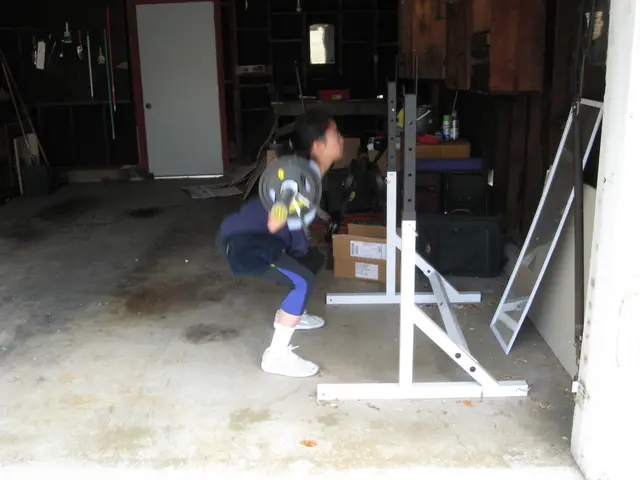Why daylight saving time wrecks your sleep—and how to fix it
Daylight saving time (DST) shifts clocks forward by one hour in spring and back in autumn. The practice began in Germany in 1916 before spreading to the U.S. in 1918 as a way to save fuel during World War I. Now, experts argue that the twice-yearly change disrupts sleep hygiene and should be scrapped for good.
DST throws off the body’s natural circadian rhythm, leaving people less alert and more prone to illness for about a week. Studies link the time change to mood swings, lower productivity, and a rise in workplace accidents. The sudden loss of sleep also increases car crashes, medical errors, and heart problems.
Experts recommend abolishing DST entirely and sticking to permanent standard time. Research shows this would better match our natural body clock and reduce risks like obesity and strokes. Until then, people can ease the transition by adjusting their sleep schedule gradually before the change.
Getting seven to eight hours of sleep each night and keeping a regular routine helps. Morning sunlight and avoiding screens before bed can also reset disrupted sleep hygiene rhythms faster.
The twice-yearly clock change continues to affect sleep, health, and safety. Experts agree that permanent standard time would remove these risks and align better with natural body rhythms. For now, small adjustments to sleep habits may lessen the impact of DST.







